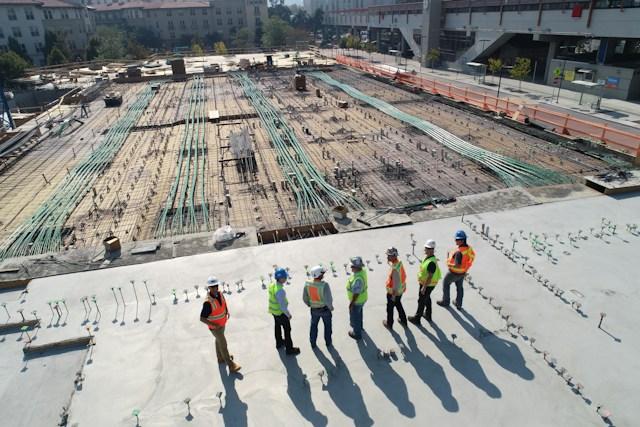In today’s competitive interior design sector, businesses are continually looking for methods to differentiate themselves and provide more complete services to their clientele. Integration of construction trade services into their portfolio is one preferred strategic option.
While not every interior design business will be willing to go this route, there are numerous compelling reasons why they should. In this post, we’ll look at 10 major reasons why every interior design firm should provide building trade services to grow their business and fulfil their clients’ changing demands.
Reasons Why Construction Trade Should be Included in Interior Design Project
The integration of construction services into interior design projects is a strategic move that can yield a multitude of benefits for both clients and design firms alike. In this article, we will delve into the compelling reasons why including construction trade in interior design projects is a wise decision. From improved project cohesion to enhanced creativity and cost-effectiveness, these reasons underscore the importance of a holistic approach when it comes to transforming interior spaces.
1. Seamless Project Execution:
By offering construction trade services, interior design firms can oversee the entire project from conceptualization to completion. This seamless approach ensures better communication, coordination, and quality control throughout the process.
2. Enhanced Client Satisfaction:
Clients appreciate a one-stop solution for their interior design and construction needs. Offering both services can lead to higher levels of client satisfaction, as clients have a single point of contact and a clear understanding of the project’s progress.
3. Competitive Advantage:
In a crowded market, providing construction trade services can set an interior design firm apart from the competition. It demonstrates versatility and a willingness to go the extra mile for clients.
4. Increased Revenue Streams:
Diversifying services to include construction trade opens up new revenue streams. Instead of solely relying on design fees, firms can generate income through construction and renovation projects.
5. Better Control Over Quality:
Interior design firms can maintain greater control over the project’s quality when they handle the construction aspect. This ensures that the design vision is faithfully executed and meets the firm’s high standards.
6. Faster Project Turnaround:
Coordinating with external construction teams can lead to delays and miscommunication. In-house construction trade services allow for quicker project turnaround, reducing the likelihood of costly delays.
7. Improved Budget Management:
When design and construction are handled by the same firm, there’s better control over budget management. Costs can be monitored closely, and adjustments can be made in real-time to keep projects within budget.
8. Consistent Design Vision:
Maintaining a consistent design vision throughout the project is crucial. In-house construction trade services ensure that the design concept is faithfully implemented, resulting in a harmonious end result.
9. Streamlined Communication:
Effective communication is key to any successful project. By providing both design and construction services, firms can streamline communication channels, reducing the risk of misunderstandings and conflicts.
10. Long-Term Client Relationships:
Offering comprehensive services fosters long-term client relationships. Clients who experience a successful design and construction project with a firm are more likely to return for future projects and recommend the firm to others.
Conclusion:
Incorporating construction trade services into an interior design firm’s offerings can be a game-changer. It not only benefits the firm’s bottom line but also enhances client satisfaction, project quality, and overall competitiveness. As the interior design industry continues to evolve, firms that adapt and expand their service offerings are more likely to thrive and remain at the forefront of their field.



